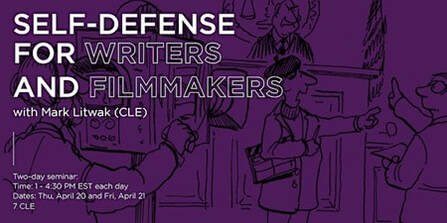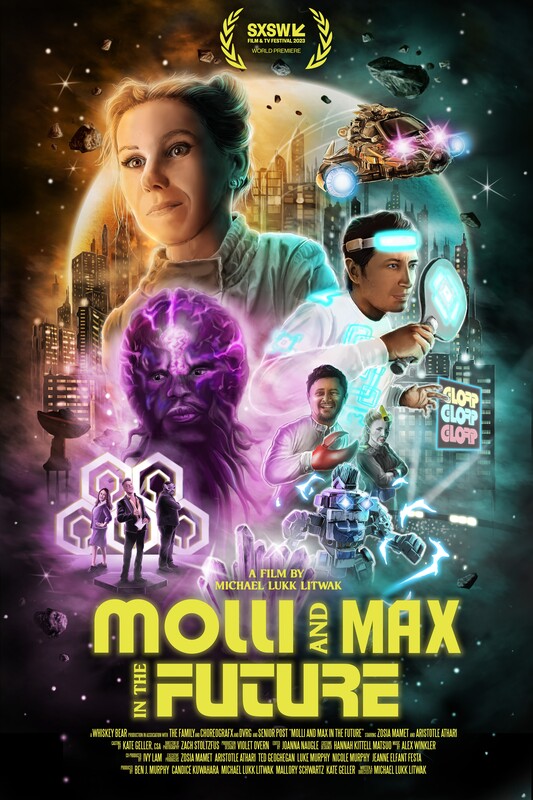The original movie was based on a non-fiction magazine article written by Ehud Yonay about the experiences of F-14 pilots as they undergo training at the Navy’s Fighter Weapons School. It was published in California Magazine on April 21, 1983, and Paramount Pictures Corporation bought the motion picture adaptation rights to the article and released the first Top Gun movie in 1986. For the movie, Paramount created fictional characters Pete (“Maverick”) Mitchell and Nick (“Goose”) Bradshaw.
In 2018 the writer’s heirs sent a copyright termination notice to Paramount reclaiming rights to the article as allowed under Copyright law. Under copyright law, authors (or, if the authors are not alive, their surviving spouses, children, or executors), can “terminate” copyright assignments they have previously made in certain circumstances and regain rights to their work after 35 years. Consequently, even if an author, signed an agreement transferring all rights in their work in perpetuity, the Copyright Act provides that the author can terminate that grant and demand that the rights revert. Essentially, the author gets a second chance to make money from his work.
Without securing any rights to the original magazine article, Paramount produced and then released a sequel to the original film, named “Top Gun: Maverick” and did not credit writer Yonay for the source material. The heirs of Yonay filed a lawsuit alleging breach of contract and copyright infringement.
The Plaintiffs asserted that the article and sequel movie were substantially similar because they had similar plots, sequences of events, pacing, themes, moods, dialogue, characters, and settings. Defendant contended that these aspects of the sequel were not similar to the original movie or were based on elements of the Works not protectable under Copyright law. Plaintiffs claimed the sequel fictional film was a derivative work based on the original non-fiction article.
U.S. District Judge Percy Anderson in Los Angeles has found that the sequel Top Gun: Maverick was not "substantially similar" to the magazine article that was the basis for the first Top Gun movie. The court found that copyright law does not protect factual elements or familiar plot elements such as pilots embarking on missions, being shot down or carousing at a bar. Likewise, the court found that copyright law does not protect themes such as "the sheer love of flying."
Read the Case. CV 22-3846 PA (GJSx).



